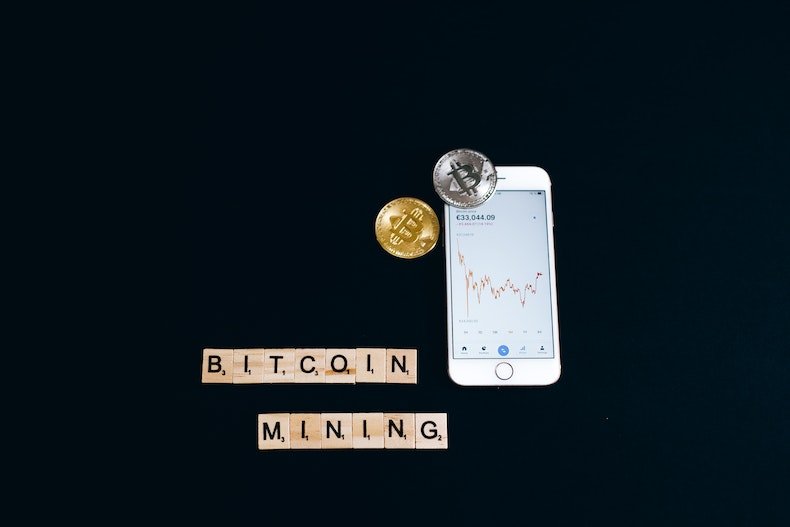Impacts Of Gigantic BTC Mining Pool On Bitcoin
A recent article on Bitcoin mining seems to have sparked as much discussion on Reddit as in other media outlets. Blockchain.info, which monitors the number of transactions, also shows us the increase in the hash rate over time. According to blockchain.info, the network has been growing at an average rate of 55% per month since it first started monitoring. You can start trading by visiting at this link.
In August last year, the Bitcoin mining difficulty had increased by 90%, while the hashrate nearly doubled. The increase in difficulty and hashrate occurred because there was a sudden increase in confirmation times after a large pool had gained 51%. At the time, the “slush pool”, which accounted for 12% of all mining operations, started to gain 51%, forcing other pools to combine their hash power to block a monopoly.
As Bitcoin mining becomes increasingly popular as a way of creating wealth without investing in infrastructure or technology, large-scale mining operations are increasing with new investment and innovation.
Until now, there weren’t many large Bitcoin miners because of the technical expertise needed to set up highly efficient farms. But with the help of the bitcoin mining pool, people can start mining without expertise. So let’s discuss the gigantic bitcoin mining pool’s impact on the mining ecosystem.
Why Are Mining Pools Formed?
A central tenet behind cryptocurrency is financial decentralization. Unfortunately, blockchain technology is not without its shortcomings. The most glaring weakness stems from the fact that there are countless flaws in Bitcoin’s initial design. The limitations present in the system require miners to join pools to maintain efficiency.
Mining pool operators use algorithms to create a fair distribution of funds among miners to mitigate the risk involved in mining and ensure security and profitability. In addition, the consensus process allows for more efficient mining using any hardware, which reduces the risk involved in mining since it helps reduce concentration and increases supply.
Background
Most cryptocurrency mining operations fall under three categories: home-based, small-scale, or large-scale with centralized management. As the three tiers of mining operations are increasingly growing, it is difficult for small-scale miners to find a place in the market. The growth of large-scale mining operations contributes to an industry-wide centralization process.
Small-scale mining accounts for 90% of all crypto coins mined. Yet, the power distribution and supply are virtually controlled by several large entities, who keep them from being distributed among smaller players.
Pros and Cons of Mining Pools:
Advantages:
- Miners have a fair chance of getting their share of the cryptocurrency. It is because the rewards are distributed on various size scales of mining.
- Miners can use any hardware because they don’t need to maintain it.
- Miners only have to join any number of mining pools based on the amount they want to mine. They can choose different ones depending on their situation, making it easy for miners to switch between areas and regions where there is more profit.
- Maintaining high power efficiency by pooling all the network’s Hashrate, increasing security through consensus, and reducing cost by disseminating large-scale operations.
- Technological expertise is not required. Miners don’t need to know how to code to join a mining pool.
Disadvantages of mining pool:
- Since miners contribute their Hashrate to a larger pool, they can’t get the same income/block rewards if they were to mine alone.
- Miners usually have to wait in line before being able to solve a block. To do this, they must join multiple pools and share the rewards.
- Mining pools cannot have establishments without a central operator. Mining has become so centralized that four mining pools control over 51% of the hash rate.
How significantly do bitcoin mining pools Impact the cryptocurrency ecosystem?
- Bigger mining pools mean higher earnings. It is because more and more people, investors, and companies are attracted by cryptocurrency mining and join these bigger pools.
- Bigger profits can be gained by joining large pools, which in turn means that a small group of miners will control an increasingly more significant amount of the reward.
- The more significant the pool is, the more power it has to dictate its price.
- Competitors can quickly compete for mining power by meeting specific threshold requirements.
- The number of miners constantly decreases with the increase in difficulty, making it difficult for smaller players to participate in the mining activity.
Miners have a fair chance of getting their share of the cryptocurrency. It is because the rewards are distributed on various size scales of mining.







